In terms of music, Carnival would not be as effective without its inclusion. Puerto Rico is no exception, as celebrations on the island incorporate a variety of genres: música jíbara, bomba, plena, salsa, and reggaeton, among others. As evidenced in a Spanish documentary video from 2012, this reflects the musical diversity in Puerto and encourages inclusion. Choices for musical selections and representation in the carnival depend on the production team that wins the bid to sponsor the event that year.
While Carnival in Puerto Rico derives inspiration from the French cultural tradition, some key aspects on the island allude to Spanish, Latin American and Caribbean customs: most notably, the combination of African, Taino, and European cultures. One of the most significant of these fusions stems from the symbolic use of the vejigante: a fusion of the Spanish words for “bladder” (“vejiga”) and “giant” (“gigante”). It is so named because the people dressed as vejigantes carry inflated cow bladder sacks to mischievously interact with the audience. The origins of the vejigante and Puerto Rican Carnival are quite complex, spanning from either the Medieval era or Spanish colonization. The purpose behind the colorful costume and masks of the vejigante also varies. Two iterations that I have encountered focus on lampooning the Moors, while others describe it as a demon meant to frighten and persuade audiences to go to Church for Lent.
It also deserves mention that vejigante masks are not restricted to Carnival, nor to Ponce. They are also used as part of the Fiesta de Santiago Apóstol (Festival of St. James the Apostle) in Loiza, which occurs in July. Some may recall that I referred to the cultural traditions in Loiza several years ago in the “Musicology” section of this site. The vejigante mask shown there is primarily constructed from a coconut shell, carved, adorned with pegs for horns, and painted. There are videos online that show how artisans on the island create the masks in that format: the other common version involving paper mache.
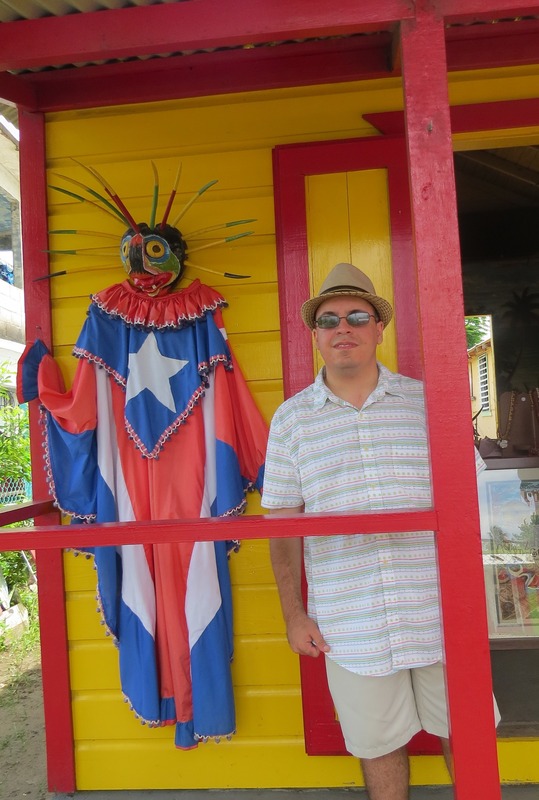
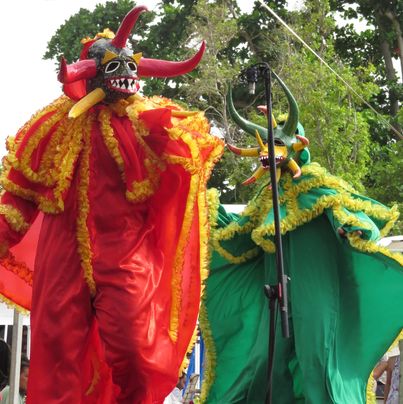
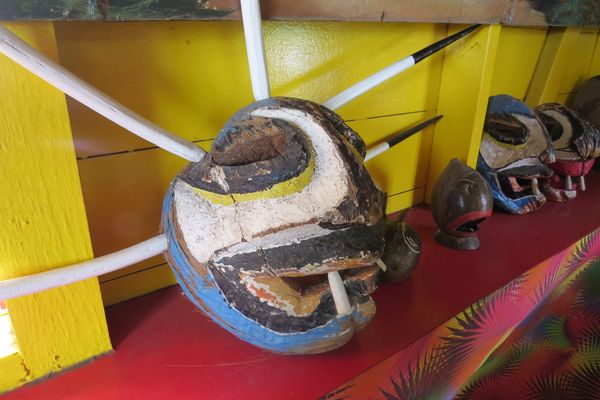
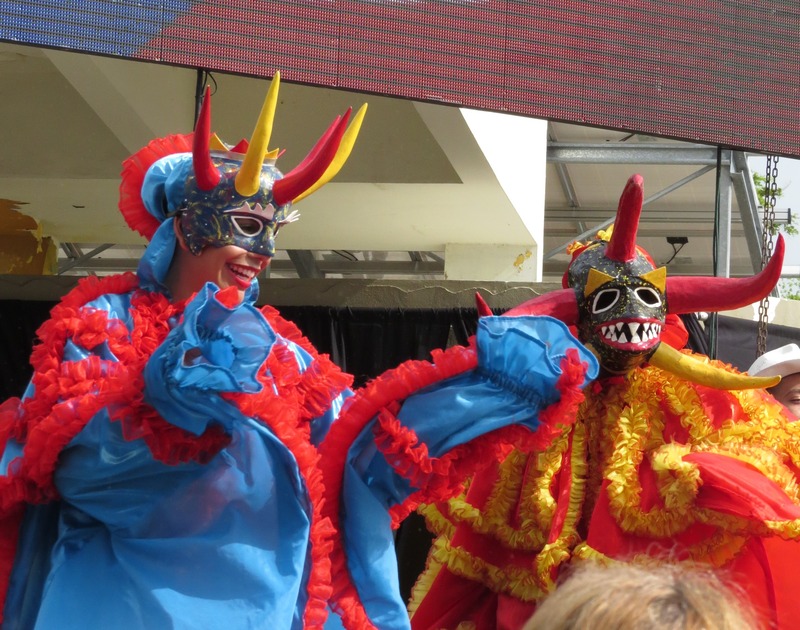
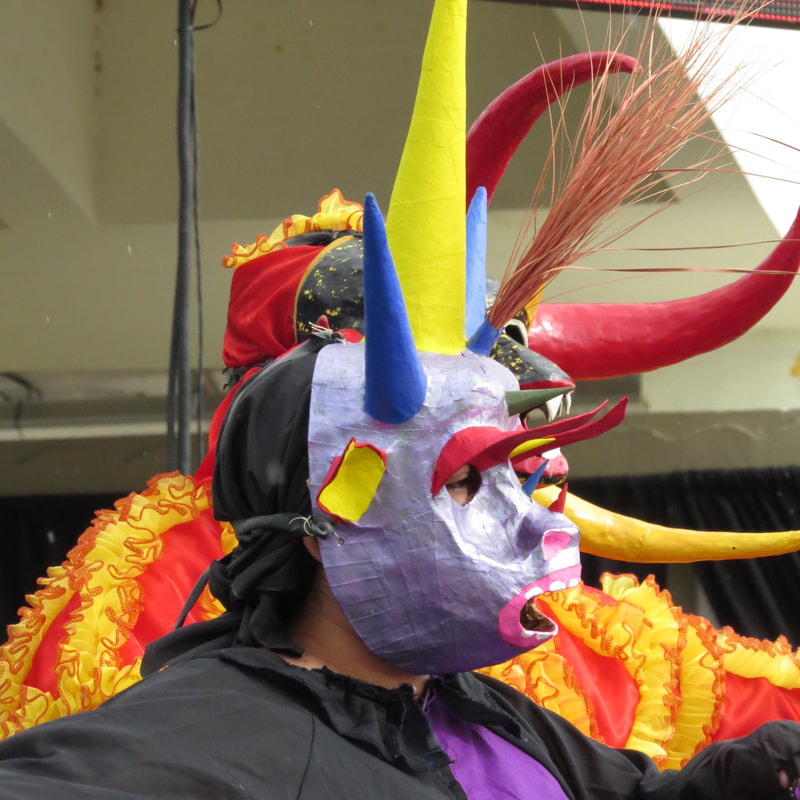
 RSS Feed
RSS Feed
